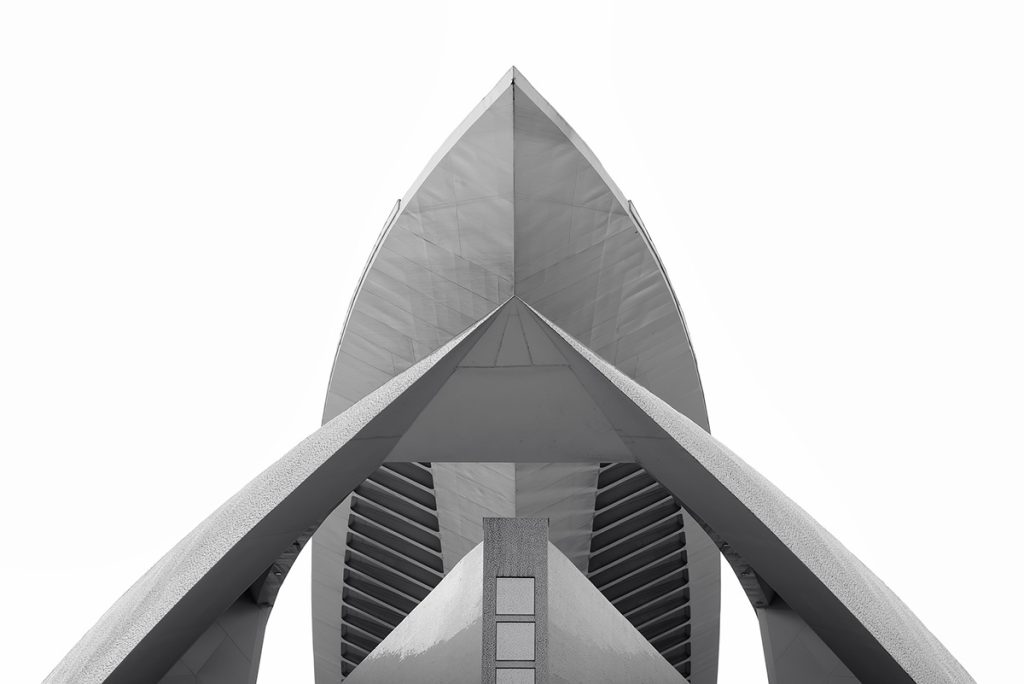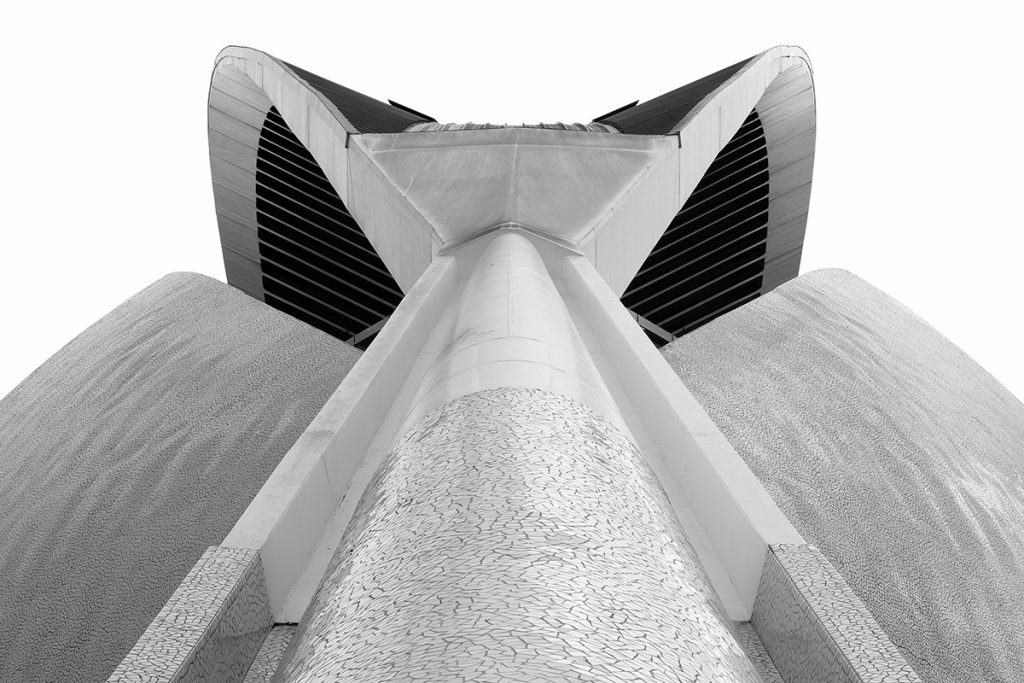Doug Caplan, born in 1965 in Montreal, Quebec, Canada, has long viewed photography as both an act of observation and construction. His story began in the quiet moment of childhood discovery—a black-and-white Polaroid instant camera, gifted by his parents, became the portal through which he first glimpsed the possibilities of image-making. The tactile rhythm of manual photography—the click, the flash, the scent of chemicals—left a mark on him. But photography didn’t immediately take root as a vocation. Life unfolded, years passed, and only after marriage in the early 1990s did that dormant fascination reignite. Returning to the camera as an adult, Caplan brought to his work a mature curiosity, blending nostalgia for analog processes with a keen embrace of digital precision. His art today reflects both—a dialogue between memory and modernity, between structure and silence.

A Dialogue with Form
Caplan’s photographs are not content with surface beauty. They reach for essence—form, geometry, rhythm. His lens isolates architecture not as a monument to function, but as a meditation on human design and perception. The way he frames his subjects—clean, balanced, often symmetrical—reveals a fascination with order. Yet, within that order, one senses a pulse, a quiet human presence implied by absence. In his black-and-white compositions, Caplan pares the world down to contrasts: light and shadow, line and void. The simplicity of his palette forces the viewer to look deeper, to notice the textures that hold a structure together—the fractured glaze of a surface, the tension in a curve, the dialogue between mass and sky.
Between Nature and Construction
The architecture Caplan captures—such as the Palau de les Arts Reina Sofía in Valencia, Spain—embodies this dialogue perfectly. His perspective is never casual. He shoots from below, aligning his camera so that the structure becomes something abstract, almost alive. The building’s curves resemble wings, its tower a spine—an organism rather than a building. This transformation is what gives Caplan’s work its quiet poetry. He’s not simply documenting space; he’s reinterpreting it. Through his lens, architecture transcends utility to become metaphor. It speaks to balance, fragility, and the ambition of human imagination.
The Minimalist Eye
Minimalism defines Caplan’s visual approach. He doesn’t clutter his frame or distract with color. His use of negative space—often vast and luminous—allows the subject to breathe. The white backgrounds isolate the form, creating a near-spiritual stillness. It’s not emptiness he seeks, but clarity. In that clarity, viewers are invited to consider what remains when ornament and context are stripped away. His works evoke the spirit of modernist photographers like Lucien Hervé or Ezra Stoller, yet with a contemporary restraint—cool, disciplined, meditative. The precision of digital photography enhances his command over line and texture, yet the emotional tone recalls the analog patience of his youth.

Light as Architecture
Light, in Caplan’s imagery, behaves like an architectural element itself. It sculpts, defines, and sometimes erases. The interplay of light and shadow across the building’s surfaces gives depth to what might otherwise appear rigid. His control of exposure softens the harshness of concrete and steel, revealing their organic qualities. He understands that light doesn’t merely reveal form—it creates it. By allowing luminosity to dominate, Caplan blurs the line between realism and abstraction. What results is photography that feels almost weightless, yet rooted in the physical.
The Emotional Geometry
For all their structure, Caplan’s photographs carry emotion. It’s not a loud emotion—it’s quiet, meditative, born of contemplation. The angles he chooses evoke both awe and intimacy. Standing before one of his images, one feels the duality of human experience: our smallness within the vastness of creation, and our power to shape it. His compositions often guide the eye upward—a gesture of aspiration, perhaps faith. There’s something spiritual in that motion, a belief that design and beauty are forms of understanding the world.
A Contemporary Classicist
Doug Caplan’s photography is both modern and timeless. It speaks to the precision of the digital age while retaining the patience and craft of the analog era that shaped his beginnings. He approaches each structure as both subject and partner—listening to what the architecture wants to say, then responding with perspective and restraint. In doing so, he transforms architecture into visual philosophy. His work invites us to pause and see what we often overlook: that geometry can be poetry, and that even in steel and stone, there’s breath and movement.
Through his camera, Caplan doesn’t just photograph buildings—he photographs thought. His images remind us that vision is not simply about seeing, but about understanding how form and silence can speak in harmony.

